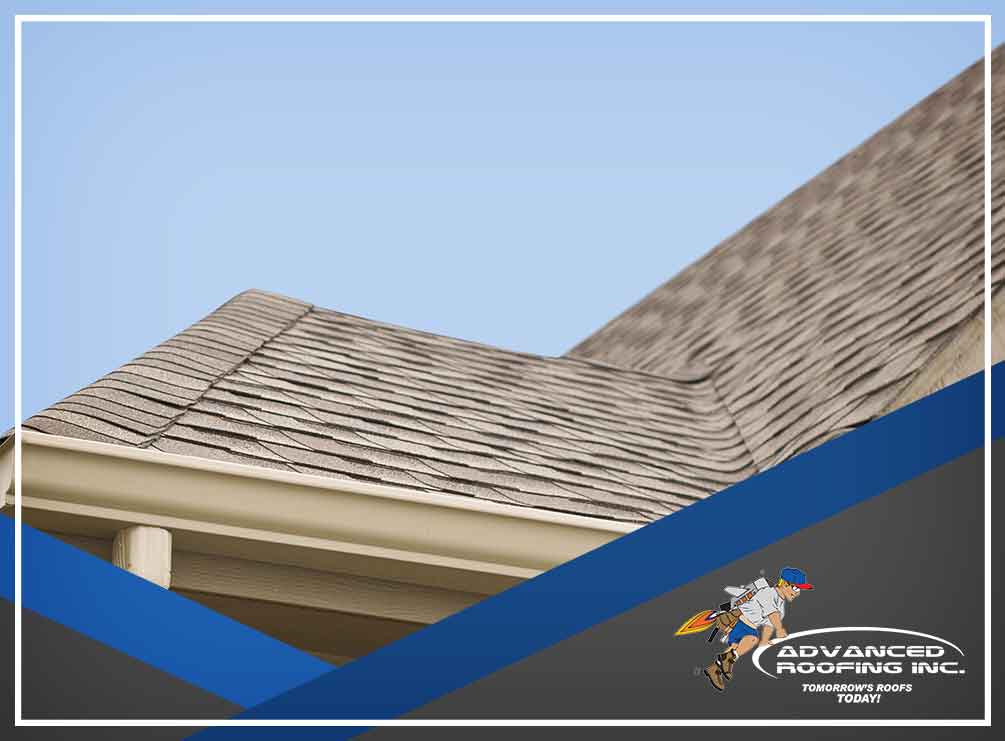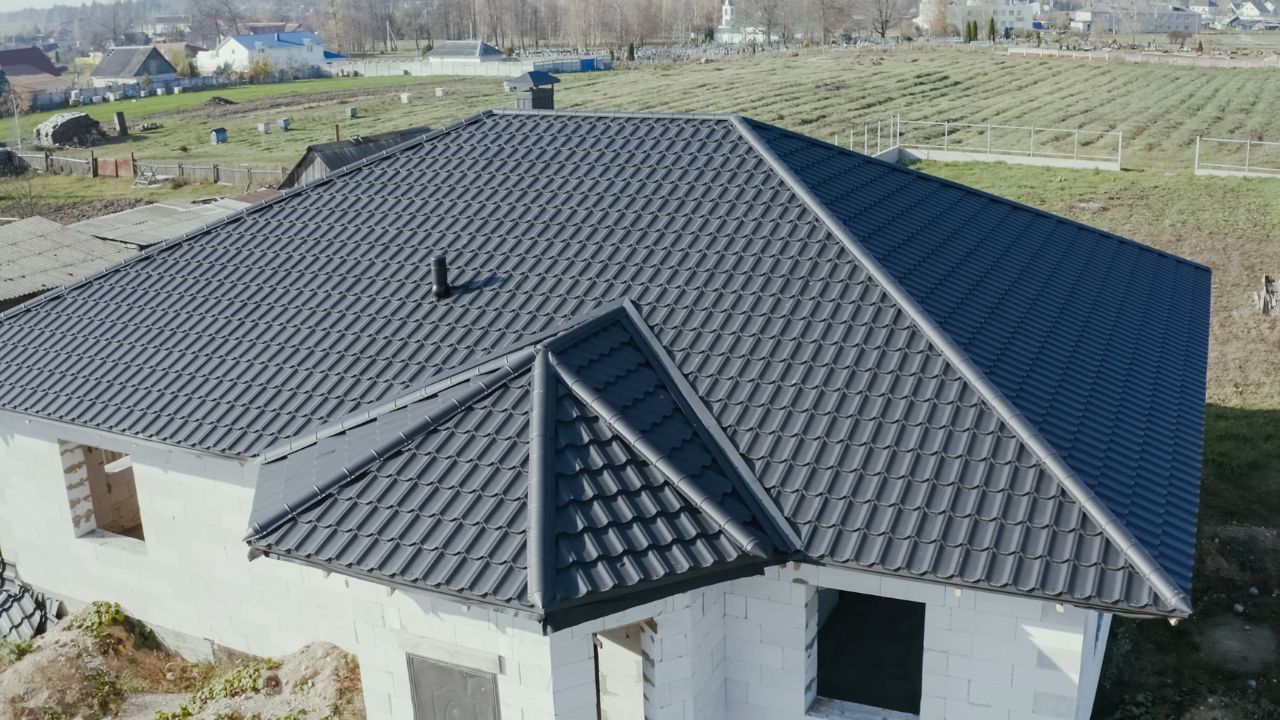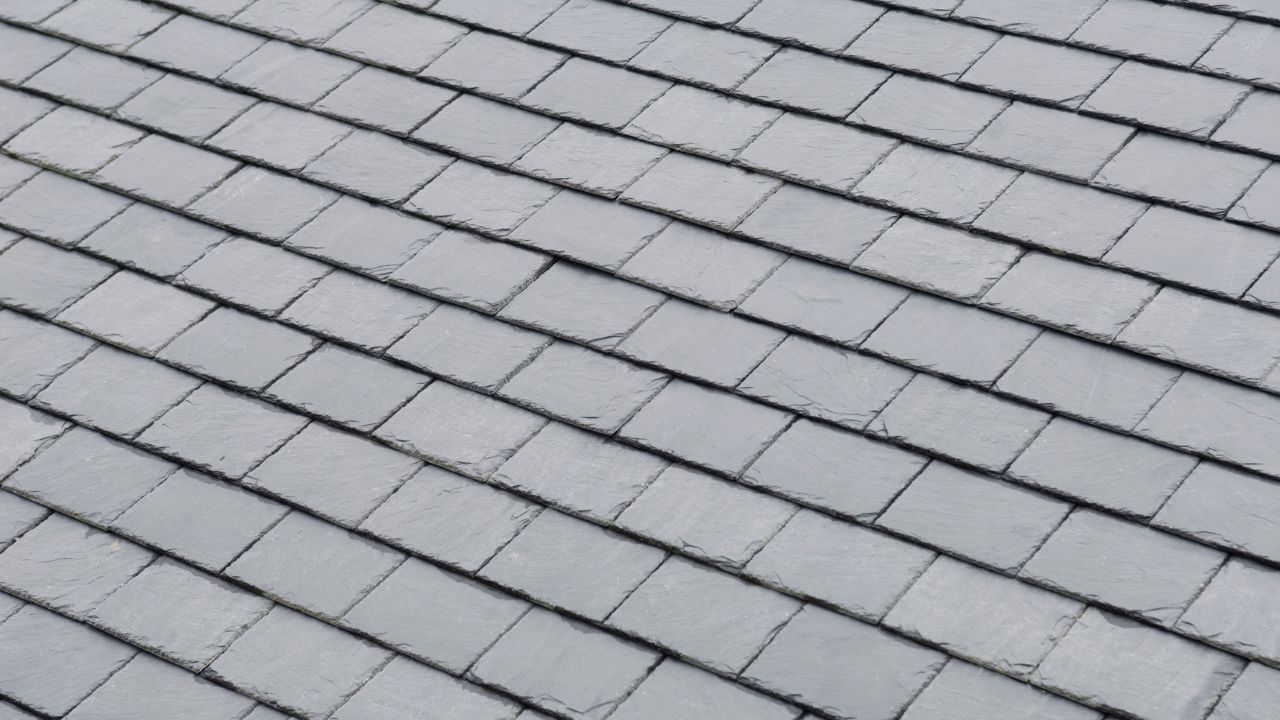Key Takeaways:
- Roofing underlayment is a crucial protective barrier beneath roofing materials that shields against water damage, enhances energy efficiency, and extends the roof's lifespan, making its selection critical for both residential and commercial properties.
- The three main types of underlayment are: affordable felt (adequate water resistance but less durable), high-performance synthetic (superior durability, tear resistance, and energy efficiency), and premium rubberized asphalt (exceptional waterproofing and self-sealing for critical areas).
- Choosing the right underlayment depends on factors such as the roof's slope and structure, local climate, and budget, with synthetic and rubberized options often recommended for flat roofs or areas with severe weather despite their higher initial cost.
- Proper installation by a qualified roofing contractor is vital for underlayment to perform effectively, and regular professional roof inspections are necessary to identify issues early and prevent premature failures or leaks.
- High-quality underlayment, particularly synthetic or rubberized options, is a key investment in a roof's longevity and performance, enhancing structural integrity and energy efficiency, which reduces the need for frequent repairs and lowers long-term costs.
Your roof is more than just asphalt shingles or a sturdy metal roof. Beneath these visible roofing materials lies an essential protective barrier called roofing underlayment.
It's a critical component of any effective roofing system, responsible for shielding your property against water damage, enhancing energy efficiency, and extending the lifespan of your roof.
Whether you're tackling roof replacement, roof repair, or new roof installations, understanding roofing underlayment is key to protecting your investment.
Roofing Underlayment: Why It Matters
Roofing underlayment acts as an additional layer beneath your main roofing materials, offering protection against water intrusion, extreme weather, and leaks. Without proper underlayment, even a high-quality roof could face premature deterioration, leading to frequent roof repair or even costly roof leaks.
For property managers overseeing commercial roofing systems or homeowners maintaining residential roofing systems, selecting the right underlayment type is essential for long-term reliability.
Types of Roofing Underlayment
There are three primary types of roofing underlayment commonly used in both residential and commercial applications:
1. Asphalt-Saturated Felt Underlayment
This traditional roofing underlayment has been popular for decades, primarily due to its affordability and ease of installation. Made by saturating paper with asphalt, this underlayment provides adequate water resistance and basic protection.
Key Advantages:
- Affordable, lowering the overall cost of roofing materials.
- Easy for local roof repair contractors to install during both new builds and re-roofing projects.
However, felt underlayment has its limitations. It can deteriorate faster than synthetic options, particularly under prolonged UV exposure or moisture, potentially necessitating frequent roof leak repair or roof replacement.
2. Synthetic Roofing Underlayment
Increasingly preferred by professional roofing contractors, synthetic underlayment is made from advanced, engineered materials such as polypropylene or polyethylene. This type provides superior protection against moisture and weather-related damage, making it ideal for both residential roofing systems and complex commercial roof structures.
Key Advantages:
- Offers excellent durability and resistance to tearing.
- Lightweight, simplifying the installation process.
- Enhanced energy efficiency by providing better insulation.
Due to its strength and versatility, synthetic underlayment is particularly beneficial for flat roofs and large-scale commercial flat roof installations.
3. Rubberized Asphalt Underlayment
Rubberized asphalt underlayment combines asphalt and rubber polymers, providing exceptional waterproofing capabilities. Often installed in critical areas like roof valleys or around chimneys, this type ensures optimal protection against severe weather and moisture intrusion.
Key Advantages:
- Outstanding resistance to water damage and leaks.
- Self-sealing around roofing nails enhances roof protection.
- Ideal for premium roofing systems, particularly in areas prone to severe weather.
Rubberized asphalt underlayment is favored for high-end residential roofing systems and extensive commercial roofing projects, delivering peace of mind through enhanced protection.
Factors to Consider When Selecting Underlayment
Choosing the right roofing underlayment involves evaluating several factors specific to your project:
Roof Slope and Structure
Flat commercial roofs or residential roofs with lower slopes require specialized underlayment to ensure optimal water runoff. Commercial flat roof repair specialists often recommend synthetic or rubberized underlayment to enhance moisture resistance.
Climate and Weather Conditions
In regions experiencing extreme weather fluctuations, selecting a robust underlayment is crucial. High-quality synthetic underlayments or rubberized asphalt provide optimal protection against rain, snow, and ice, significantly reducing risks associated with frequent roof repair.
Budget and Long-Term Costs
While synthetic and rubberized underlayments typically have a higher initial cost compared to felt, their durability reduces the long-term need for roof leak repair and frequent maintenance, ultimately lowering overall expenses.
Installation and Inspection: Ensuring Proper Protection
No matter the type of underlayment chosen, proper installation by qualified roofing contractors is vital. Mistakes during installation can compromise the underlayment's effectiveness, leading to premature failures and increased vulnerability to leaks. Ensure your roofing contractors possess manufacturer certifications and provide comprehensive post-installation inspection services.
Regularly scheduled roof inspections are equally important. These inspections identify potential issues early, allowing for timely flat roof repair or preventive maintenance. Engaging with flat roof specialists or reputable commercial roofing systems providers ensures your roofing underlayment performs effectively for years.
Importance of Roofing Underlayment for Commercial Properties
For property managers overseeing extensive commercial property portfolios, roofing underlayment decisions are even more critical. Commercial buildings with flat roof construction require specialized attention.
Utilizing reinforced underlayment such as synthetic or rubberized asphalt can significantly improve the durability and energy efficiency of these properties, protecting valuable roofing assets and reducing overhead from ongoing repairs.
Enhancing Your Roof’s Lifespan with Proper Underlayment
A high-quality underlayment is an investment in the longevity and performance of your roofing system. Whether installing a metal roof, asphalt shingles, or built-up roof systems, the proper underlayment enhances weather resistance, structural integrity, and overall energy efficiency. This approach ensures fewer disruptions from necessary roof leak repair or significant structural reinforcements later on.
Environmental Benefits of Choosing Quality Roofing Underlayment
Beyond providing excellent protection and durability, selecting the right roofing underlayment can significantly boost your property's energy efficiency.
A high-quality underlayment offers improved insulation, minimizing heat transfer through the roof and reducing reliance on heating and cooling systems. This energy-conscious choice not only lowers your utility bills but also contributes positively to the environment by decreasing energy consumption.
Additionally, choosing durable underlayment materials helps reduce waste by extending the lifespan of your roofing system, thereby lessening the frequency of replacements and associated debris disposal. By opting for environmentally responsible materials, homeowners and property managers can achieve both sustainability and economic efficiency in their roofing investments.
Partnering with Expert Roofing Professionals
Selecting, installing, and maintaining the right roofing underlayment requires collaboration with trusted professionals.
At Advanced Roofing Inc., our experienced team specializes in both residential roofing systems and complex commercial roofing systems, providing comprehensive solutions from selection to ongoing maintenance.
With decades of experience and a commitment to excellence, we ensure optimal performance and longevity for every roofing project. To request a quote, contact our expert roofing team today and take the first step toward reliable, lasting protection for your property.






